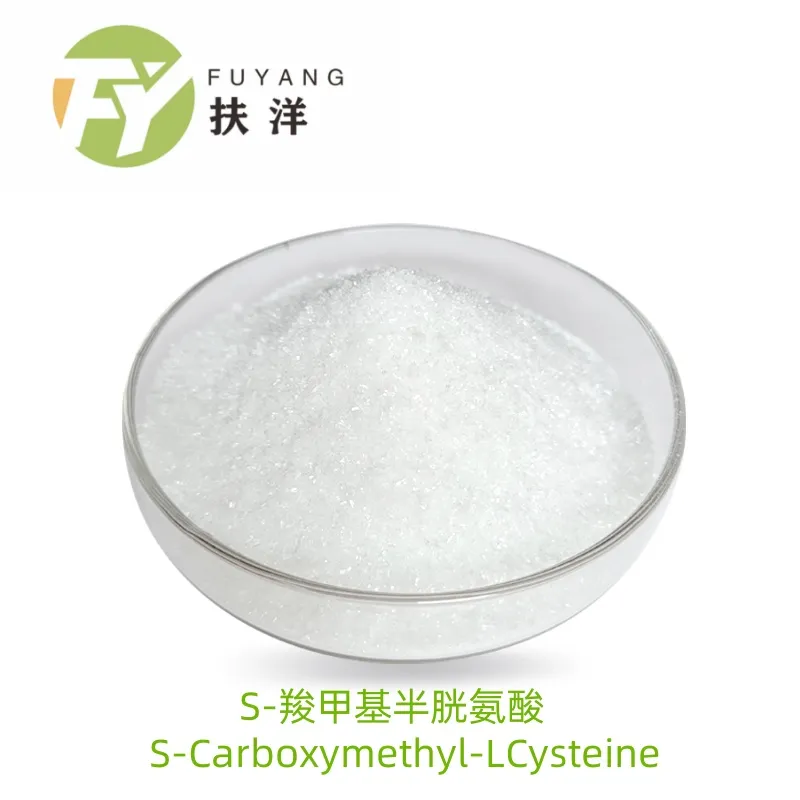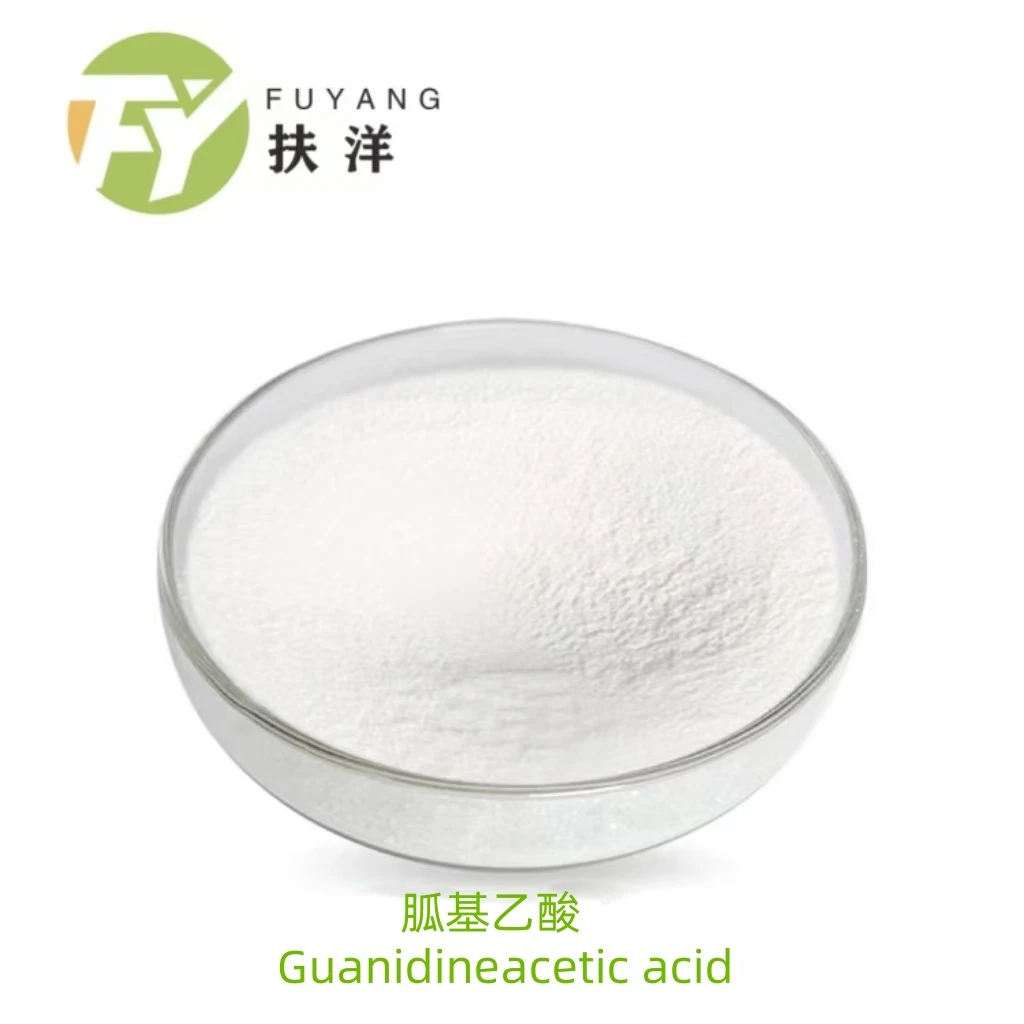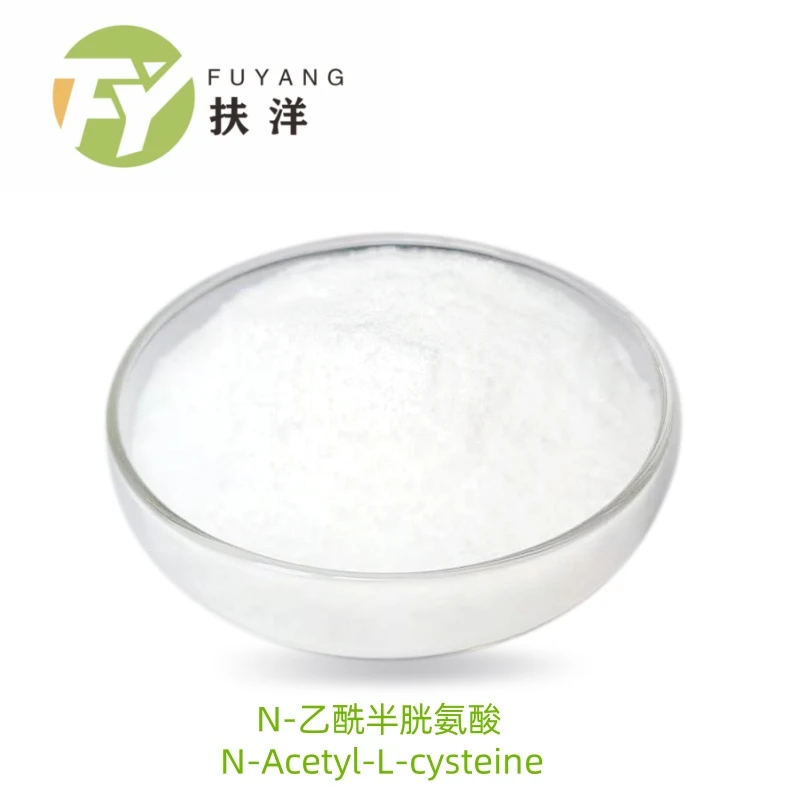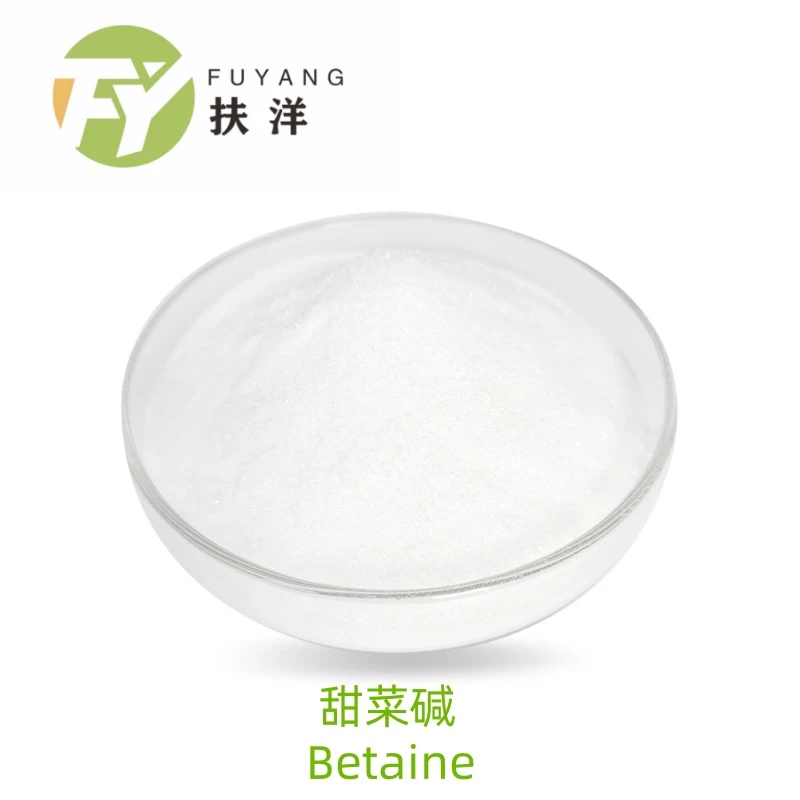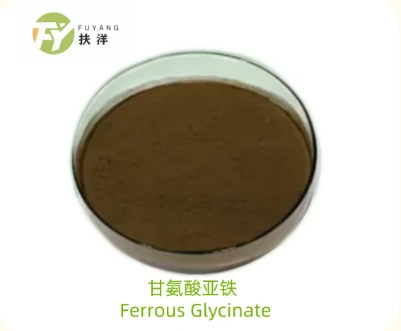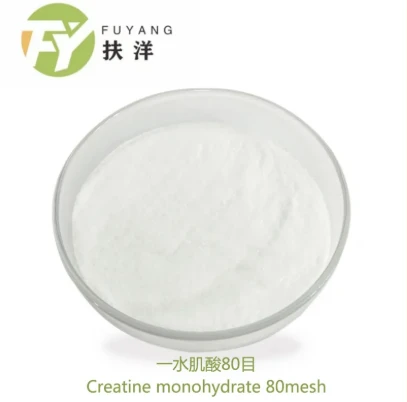- Afrikaans
- Albanian
- Amharic
- Arabic
- Armenian
- Azerbaijani
- Basque
- Belarusian
- Bengali
- Bosnian
- Bulgarian
- Catalan
- Cebuano
- Corsican
- Croatian
- Czech
- Danish
- Dutch
- English
- Esperanto
- Estonian
- Finnish
- French
- Frisian
- Galician
- Georgian
- German
- Greek
- Gujarati
- Haitian Creole
- hausa
- hawaiian
- Hebrew
- Hindi
- Miao
- Hungarian
- Icelandic
- igbo
- Indonesian
- irish
- Italian
- Japanese
- Javanese
- Kannada
- kazakh
- Khmer
- Rwandese
- Korean
- Kurdish
- Kyrgyz
- Lao
- Latin
- Latvian
- Lithuanian
- Luxembourgish
- Macedonian
- Malgashi
- Malay
- Malayalam
- Maltese
- Maori
- Marathi
- Mongolian
- Myanmar
- Nepali
- Norwegian
- Norwegian
- Occitan
- Pashto
- Persian
- Polish
- Portuguese
- Punjabi
- Romanian
- Russian
- Samoan
- Scottish Gaelic
- Serbian
- Sesotho
- Shona
- Sindhi
- Sinhala
- Slovak
- Slovenian
- Somali
- Spanish
- Sundanese
- Swahili
- Swedish
- Tagalog
- Tajik
- Tamil
- Tatar
- Telugu
- Thai
- Turkish
- Turkmen
- Ukrainian
- Urdu
- Uighur
- Uzbek
- Vietnamese
- Welsh
- Bantu
- Yiddish
- Yoruba
Product Introduction
CAS No.:2387-59-9
Molecular Formula:C₅H₉NO₄S
Molecular Weight:179.19
EINECS NO.: 219-193-9
Role and Efficacy of S-(Carboxymethyl)-L-cysteine in Animal Health
S-(Carboxymethyl)-L-cysteine (also known as Carbocysteine) is a derivative of cysteine and belongs to the mucoregulator and antioxidant class, similar to acetylcysteine (NAC). However, its chemical structure and mechanism of action differ significantly. Below is an overview of its roles and research progress in animal health:
I. Core Mechanisms and Effects
1. Mucolytic and Respiratory Protection
-
Action: Regulates airway mucus secretion and reduces sputum viscosity by modulating enzyme activity related to mucus production (unlike NAC, which directly breaks down mucus via disulfide bond cleavage).
-
Target Species:
Pets (dogs/cats): Chronic bronchitis, pneumonia with thick sputum.
Livestock (cattle/swine): Bacterial or viral respiratory infections (e.g., swine enzootic pneumonia).
2. Antioxidant and Anti-inflammatory Effects
-
Mechanism: Enhances intracellular glutathione (GSH) levels and suppresses pro-inflammatory cytokines (e.g., IL-8, TNF-α), alleviating airway inflammation.
-
Applications:
-
Poultry: Mitigates oxidative damage from ammonia or dust exposure.
-
Aquaculture: Protects against oxidative stress in high-density farming environments.
3. Immunomodulation
-
Strengthens mucosal immunity and may enhance vaccine efficacy (e.g., in porcine respiratory disease syndrome).
II. Comparison with Acetylcysteine (NAC)
| Characteristic | S-(Carboxymethyl)-L-cysteine | Acetylcysteine (NAC) | |
| Mechanism | Indirectly reduces sputum viscosity via mucus regulation | Directly cleaves disulfide bonds in mucus | |
| Onset of Action | Slower (requires sustained dosing) | Rapid (effective within hours) | |
| Characteristic | S-(Carboxymethyl)-L-cysteine | Acetylcysteine (NAC) | |
| Antioxidant Capacity | Moderate (dependent on GSH synthesis) | Strong (direct free radical scavenging via -SH groups) | |
| Primary Use Cases | Chronic respiratory diseases, preventive care | Acute poisoning, severe oxidative stress, or airway obstruction | |
| Safety Profile | Fewer gastrointestinal side effects | May cause vomiting in monogastric animals |
III. Research and Applications in Animal Health
1. Poultry Farming
-
Trial Data: Adding S-(Carboxymethyl)-L-cysteine(50–100 mg/kg) to broiler feed reduces respiratory lesions caused by ammonia exposure and improves weight gain by 5–8%.
-
Administration: Via drinking water or feed for 5–7 days.
2. Pets (Dogs/Cats)
-
Chronic Bronchitis Management: Oral dosing at 10–15 mg/kg twice daily for 2 weeks significantly reduces cough frequency.
3. Aquaculture
-
Stress Protection: Feed supplementation (200–300 mg/kg) mitigates oxidative damage during transport or poor water conditions, improving survival rates.
IV. Precautions
-
Dosage Control:
Overdose may cause mild diarrhea (especially in poultry).
Drug Interactions:
-
Avoid concurrent use with acidic agents (e.g., vitamin C) or antibiotics (e.g., tetracyclines).
Regulatory Compliance:
-
China: Must comply with Veterinary Drug Administration Regulationsand withdrawal periods.
-
EU: Not yet approved as a mainstream veterinary drug; follow local regulations.
V. Potential Research Directions
-
Antiviral Adjuvant: In vitro studies suggest inhibition of avian influenza virus (H9N2) replication; further validation needed.
-
Reproductive Health: Improves antioxidant capacity of semen or oocytes in breeding animals (experimental stage).
Summary
S-(Carboxymethyl)-L-cysteine is primarily used in animal health for chronic respiratory disease management and preventive antioxidant support. Its mild action and high safety profile make it suitable for long-term use, though its slower onset limits utility in acute conditions. When combined with NAC, the two agents complement each other in addressing both chronic and acute health challenges. Practical applications must consider species-specific needs, disease stages, and regulatory guidelines.
For detailed experimental references or customized dosing protocols, feel free to ask!

